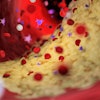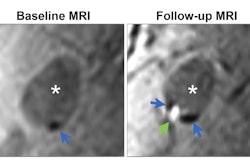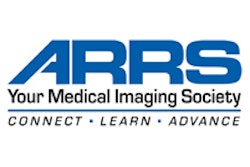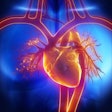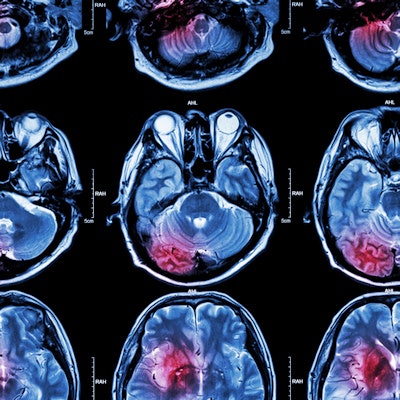
Neurovascular imaging of stroke patients in emergency departments can likely identify factors that put them at risk of a having a second stroke within months, according to research published in the American Journal of Roentgenology.
That means that brain CT and brain MRI exams in patients initially treated for transient ischemic attack (TIA) -- also known as ministroke -- can help reduce their risk of poor outcomes from a potential second episode, according to radiologist and lead researchers Vincent Timpone, MD, of the University of Colorado Hospital in Aurora, CO.
"To ensure that risk factors for stroke can be identified and treated, patients with TIA should have improved access to timely neurovascular imaging," Timpone said, in a news release from the American Roentgen Ray Society.
In their study, Timpone and colleagues studied Medicare data from 2016-2017 on 111,417 patients discharged from emergency departments (ED) with a TIA diagnosis. Data included whether patients underwent brain CT or brain MRI during or within two days of their ED visit, with patients considered to have had a complete workup if they underwent cross-sectional vascular imaging of both the brain (brain CTA or MRA) and neck (neck CTA or MRA or carotid ultrasound).
According to the findings, 37.3% (41,592) of patients had an incomplete neurovascular imaging workup, with 7% of these patients experiencing a new stroke within 90 days of their initial ED visit compared to 4.4% of patients who had a complete workup.
In addition, incomplete neurovascular imaging was associated with increased likelihood of stroke within 90 days (odds ratio, 1.3) when the researchers adjusted for patient (age, sex, race and ethnicity, high-risk comorbidities, and median county household income) and hospital (region, rurality, number of beds, and major teaching hospital designation) characteristics.
"TIA ED encounters with incomplete neurovascular imaging were associated with higher odds of subsequent stroke within 90 days," the researchers noted.
Ultimately, while current guidelines recommend brain CT and brain MRI exams in this patient group, the study encourages clinicians and medical centers to review their procedures to ensure these imaging exams are performed, Timpone noted.
"We're suggesting here that there is an association between incomplete neurovascular imaging and stroke," the group concluded.
The study was published online May 31 in the American Journal of Roentgenology.

